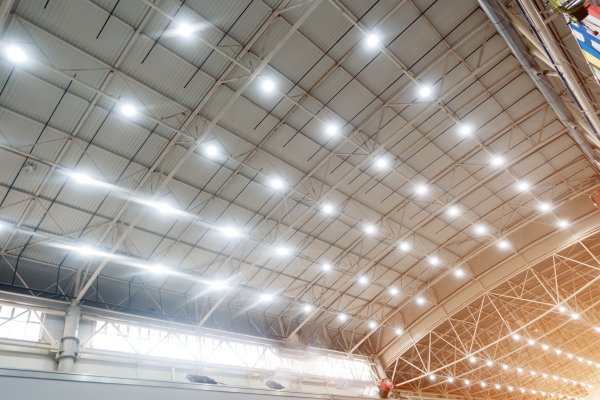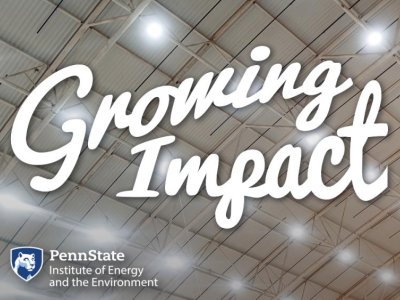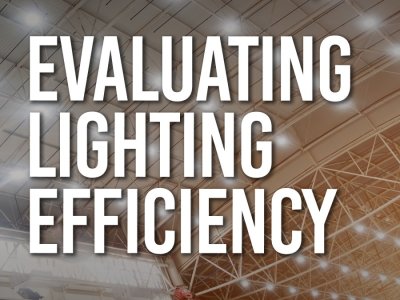
Electrical lighting is a large part of energy consumption in the U.S. Accurate quantification of the energy efficiency of a light source is critical for product evaluation, sustainable design practices, and building standards and recommendations. Current efficiency metrics require the spectral sensitivity curve of human visual response to light, which are based on studies from the 1920s. These standardized spectral curves have been found to be inaccurate, with several alternatives developed but not systematically tested.
This project proposes conducting visual experiments in the Penn State Lighting Lab to compare the performance of five different brightness sensitivity functions to validate the previously performed computational simulations. The project results will enable the development of lighting efficacy metrics to accurately quantify electric light source performance. An accurate assessment of energy efficiency will lead to better lighting systems design and evaluation for buildings, including residential, retail, commercial, and industrial spaces.






